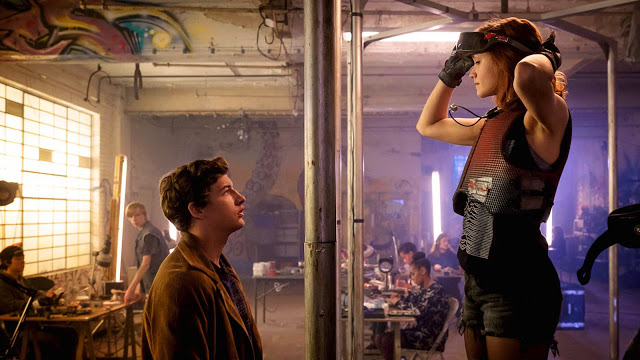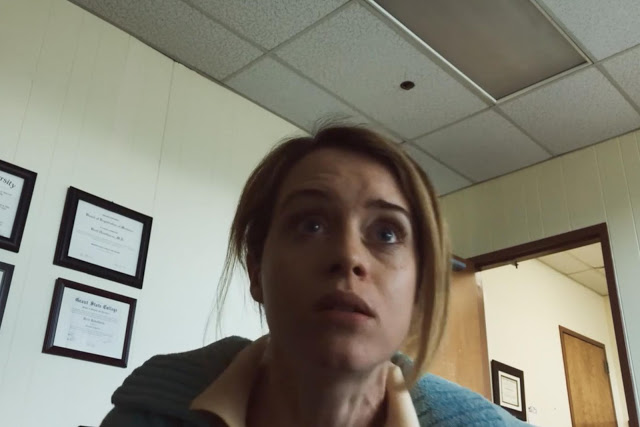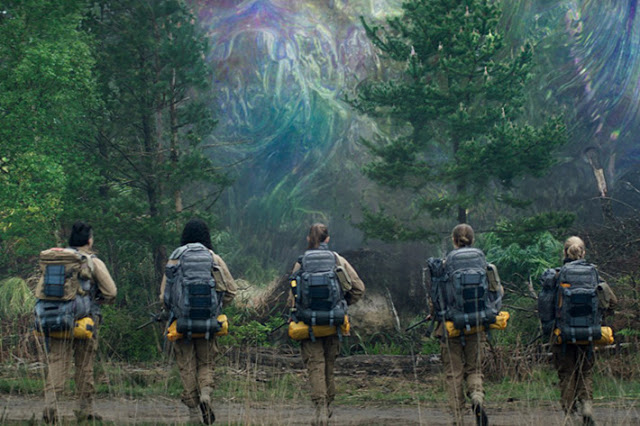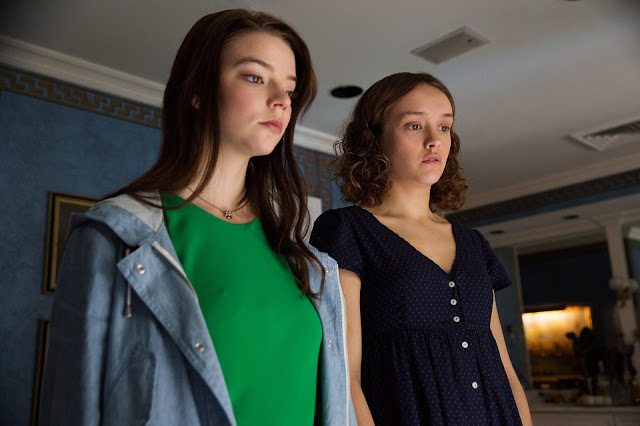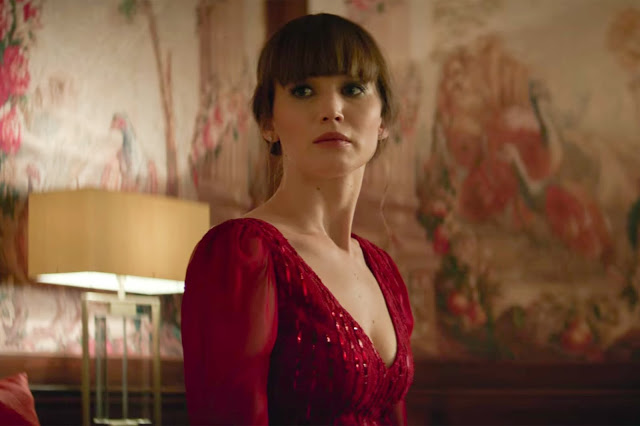Ready Player One: For These Teens, It’s Game On or Game Over
Stop me if you’ve heard this before: An intrepid young man, living in a dystopian future, must use his pluck and ingenuity to defeat a powerful villain whose mercenary greed threatens our hero’s livelihood, along with the rest of the planet’s. In so doing, he will assemble a ragtag team of similarly disenfranchised youths, one of whom will catch his eye as a potential love interest, another of whom will support him with weapons and wisecracks. Foes will be vanquished, bonds will be forged, and while setbacks will surely be suffered (tertiary characters may even be killed), in the end, the world will almost certainly be saved.
Ready Player One, the robust and flawed film adaptation of Ernest Cline’s immensely popular book, doesn’t so much follow this familiar script as live inside it. It envisions a universe where the very act of engaging with popular art—mostly playing videogames, but also watching movies and spotting references—becomes the fulcrum of its story. It’s a recursive premise that’s less interesting than it sounds, primarily serving as the excuse for a non-stop parade of pop-culture allusions and winking asides. And perhaps in an alternate dimension—maybe one reached by traveling through some sort of vaguely defined wormhole whose laws are breathlessly explained to us in a bout of foggy exposition—Ready Player One would have been a piece of hackwork that turned out to be a tedious, imitative slog. But in our reality, it’s better than that, because in our reality, it’s been directed by Steven Spielberg. Read More

